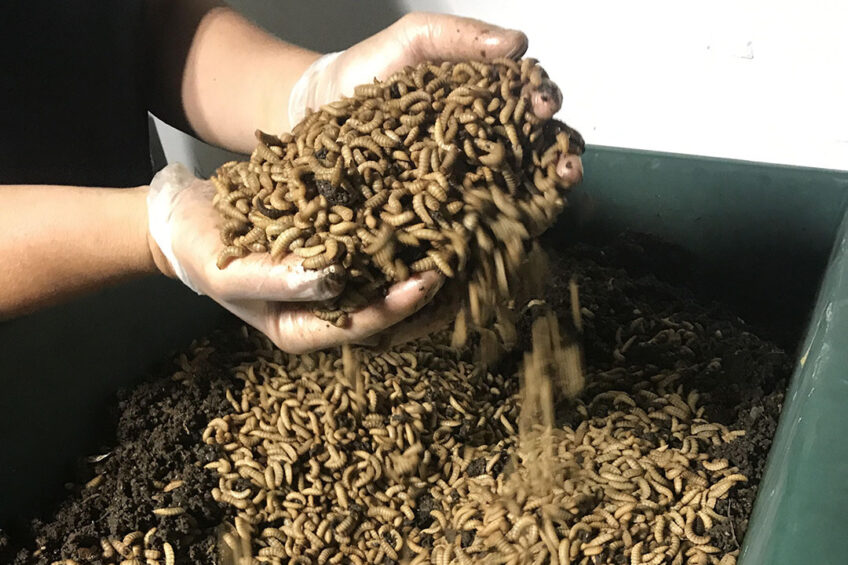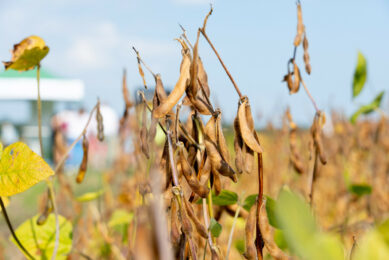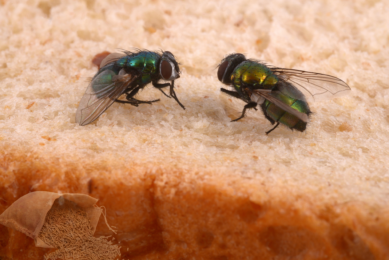Australia: Ensuring feed-insects are free of animal materials

Production of insects for livestock feed is expanding in countries around the world. But what’s fed – or might be fed in the future – to these insects is an important part of acceptance of insects-as-feed, an acceptance which the industry depends on for continued growth. Here we look at Australia’s approach to feeding feed-insects.
Production of insects for livestock feed ingredients is moving steadily forward around the world. The ability of insects to efficiently transform food waste into nutritious livestock feed ingredients is building perceptions among consumers that insect production for feed is both extremely sustainable and safe in a food safety sense.
What can insects eat?
What is currently fed to insects around the world is food waste that contains no animal-based materials such as slaughter plant by-products, but this may change in the future.
As those in the feed industry are aware, serious food safety concerns are still lingering about the use of animal matter in livestock feed. In the UK in the 1980s, a deadly outbreak of Bovine Spongiform Encephalopathy (BSE) was caused by the incorporation of bovine meat, bonemeal and especially nervous system tissue into livestock feed. The BSE epidemic led to an EU ban on the use of processed animal protein (PAP) from non-ruminants (pigs and poultry) in feed destined only for non-ruminants (pigs and poultry). This ban has now been lifted. Also banned was using PAP from ruminants such as cows for feeding to any type of farmed animal, including insects, and it may never be allowed again. However, PAP from all types of livestock is used for pet food and various other uses.
Keeping insect feed PAP-free
In Australia, the insect production industry is well established and growing. To ensure the supply chain for insect feed is kept free of animal-based materials, the industry in Australia “has taken a very pragmatic view,” explains Duncan Rowland, chair of the Insect Protein Association of Australia (IPAA) and executive officer at the Stock Feed Manufacturers’ Council of Australia.
“DNA testing is expensive and irrelevant when dealing with large amounts of food waste,” he explains. “In addition, the sampling techniques required are laborious and therefore costly, and would need to be undertaken on a ‘test and hold’ basis.”
Australia: Multi-step but simple approach
The Australian industry is therefore taking a multi-step but simple overall approach to ensure no animal material is fed to insects. First, each source of food waste is assessed to determine which of 3 categories it falls under.
- Clean of meat products: where, for example, the food waste is from a fruit or vegetable packing house.
- Possible: that meat products could be found in the food waste source.
- Sources of food waste that contain animal matter, for example mixed waste from supermarkets. This last category of waste is not fed to insects.
That leaves the first 2 categories: ‘clean’ and ‘possible.’ To ensure no animal material enters the supply chain, Rowland explains that “depending on the source of product being fed, we need to ensure what the truck has been carrying for the previous 3 loads to ensure a meat-free environment or even chemical contamination. We have declaration forms for that. Also, we have delivery dockets to ensure we know where loads have come from and to what groups of insects the feed is going. This may be electronic or hard copy form.”
Quality assurance systems
The Australian insect industry is also researching Quality Assurance (QA) systems to ensure their supply chain is secure. Rowland reports that some companies are trialling a human food safety QA system called FeedSafe, which is based on GMP and HACCP food safety standards.
Overall, Rowland notes that treating the insect feeding system “as a feed mill is very appropriate. Inputs assessed and tested where needed – internal machinations with standard operating procedures, etc. – and outputs packaged and delivered.”
The IPAA is currently working on legislation with one state government in Australia to allow insects to be fed to poultry and national legislation to allow insects to be fed to all commercial pigs. “This gives us time to trial systems to provide assurances,” says Rowland, and adds that demand for insects is high.
Meat as insect feed in the future?
As to whether animal-based materials will be allowable in Australia in the future as feed for insects that are in turn cultivated for animal feed, Rowland first explains that non-ruminant animal material is already allowed in feed for fish, poultry and companions pets (cats and dogs).
And, while there is some work he’s heard about to look into using insects that consume only animal material, Rowland questions why slaughterhouses would want to pursue this when they already have an established income stream from rendered products.
Overall, the Australian insect industry continues to grow. Over the last two years, several start-ups have moved to a more commercial business model, supplying larger and more regular quantities to customers. “Demand outweighs supply,” says Rowland, “so there are great opportunities to expand.”
References are available on request.







